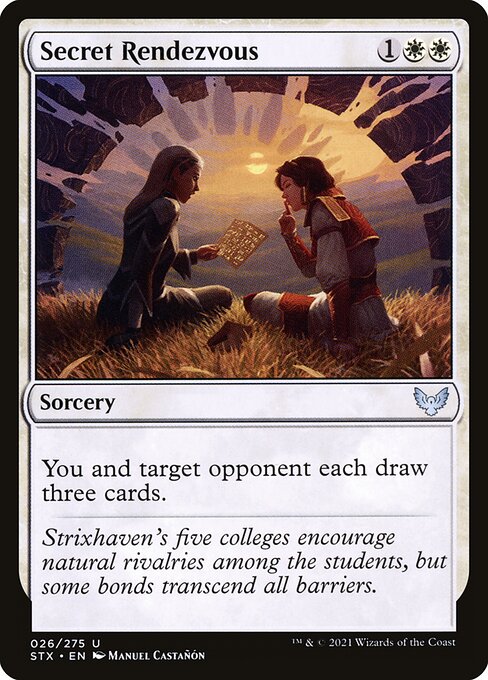Deck & Commander Strategies

Cloud, Ex-SOLDIER
Utilizes iconic equipment and combat abilities from Final Fantasy VII, focusing on weapon synergies and powerful combat interactions to defeat opponents.

Y'shtola, Night's Blessed
A controlly midrange deck from Final Fantasy XIV that uses equipment and job-select cards to generate card advantage and treasure tokens through opponents' draws.

Tidus, Yuna's Guardian
Leverages discard and token synergy with Moogles to create a board presence, gain life, and draw cards, turning incremental advantages into a win.

Terra, Herald of Hope
Focuses on Mardu graveyard interactions and value creatures to maintain pressure and recur threats, aiming for sustained midgame dominance.
Gameplay Insights
- 1
The Moogul Warrior’s end step discard and draw ability created a unique dynamic where players had to decide whether to discard cards to fuel token growth or maintain hand resources.
- 2
The potato-themed artifact card was highly valuable, rewarding card draws outside the active player's turn with treasure tokens, effectively ramping mana for the XIV deck.
- 3
Players adhered strictly to their respective game’s card pools and mana bases, which limited some traditional mana fixing but enhanced thematic immersion.
- 4
The interplay between discard synergies and treasure generation led to careful timing decisions to maximize incremental value without enabling opponents excessively.
- 5
Equipment cards, particularly from the Final Fantasy VII deck, were pivotal for applying pressure and leveraging combat-oriented win conditions.
Notable Cards
-

Dark Confidant
-

Arcane Signet
-

Secret Rendezvous
Gameplay Summary
The game featured four players each piloting a Commander deck themed strictly around one Final Fantasy game: VI, VII, X, and XIV.
Early turns focused heavily on establishing mana bases and playing curve-appropriate creatures and artifacts that synergized with each deck's theme.
Notable early plays included Dark Confidant and Overflowing Chalice, ramping and drawing cards.
The Final Fantasy XIV deck leveraged equipment and midrange strategies, with cards generating treasures and value from opponents drawing extra cards.
The Final Fantasy X deck utilized discard and token synergy through Moogles, creating incremental advantage via lifelink tokens and card draw triggers.
The Final Fantasy VI deck embraced Mardu graveyard strategies and value creatures while Final Fantasy VII aimed to incorporate iconic weapon and combat effects like the Buster Sword and Omni Slash. Midgame pivoted around players utilizing their unique mechanics: proliferate and +1/+1 counters, discard-for-value, and treasure generation encouraged interaction and resource management.
The XIV deck’s potato-themed artifact drew multiple cards while creating treasures, enhancing mana resources.
The X deck’s Moogle Warriors forced discard-and-draw cycles that rewarded token growth and life gain.
Meanwhile, the VI deck’s graveyard shenanigans and the VII deck’s equipment interactions set up potential combat finishers.
The gameplay showed careful balancing of aggression and value generation, with players navigating around each other's resources.
The game likely culminated in a combination of incremental advantage from tokens and equipment, with treasure ramp and card draw as critical enablers.

























